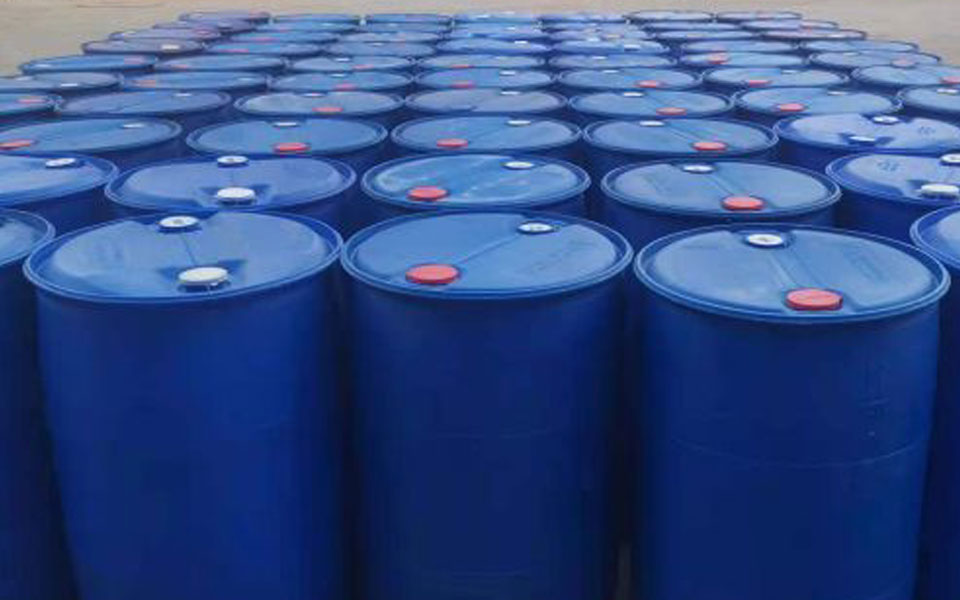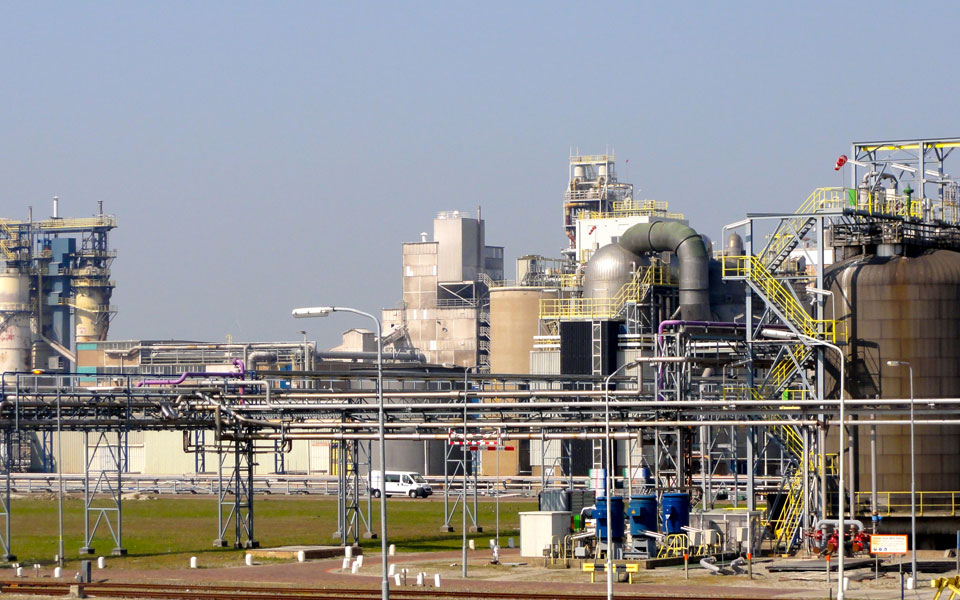Ethylene glycol
Monoethylene glycol, also known as ethylene glycol and 1,2-ethyleneglycol, is abbreviated as EG or MEG. The chemical formula is (CH2OH) 2, which is the simplest diol.Monoethylene glycol is a colorless, odorless and sweet liquid with low toxicity to animals. Monoethylene glycol can be miscible with water and acetone, but its solubility in ethers is small. Used as solvent, antifreeze and raw material for synthetic polyester. Polyethylene glycol (PEG), a high polymer of ethylene glycol, is a phase transfer catalyst and is also used for cell fusion; Its nitrate ester is an explosive.
Basic information
Ethylene glycol
- Alias
- CAS No.
- EINECS No.
- Chemical formula
- Appearance
- Density
- Purity
- MEG,EG,Monoethylene glycol
- 107-21-1
- 203-473-3
- C2H6O2
- Colorless and sweet
- 1.1134 g/cm3
- 99.98%

Chemical property
Ethylene glycol is a colorless, transparent and slightly viscous liquid. It tastes slightly sweet. Easy to absorb moisture. It can be miscible with water, glycerol, acetone, acetic acid, aldehydes, pyridine and ethanol, slightly soluble in ether, but insoluble in benzene, petroleum ether and oil. The melting point may cause combustion and explosion in case of open fire, high heat or contact with oxidant. In case of high heat, the internal pressure of the container will increase, and there is a risk of cracking and explosion.
Application of ethylene glycol
- Automobile antifreeze and coolant.
- It is mainly used for making polyester, polyester, polyester resin, hygroscopic agent, plasticizer, surfactant, synthetic fiber, cosmetics and explosives.
- It can produce synthetic resin pet, fiber grade PET, that is, polyester fiber, bottle chip grade PET, which is used to make mineral water bottles, etc.
Delivery information
Packing:200L Plastic drum.
It shall be sealed during storage, and nitrogen sealing, moisture-proof, fire prevention and antifreeze shall be adopted for long-term storage. Store and transport flammable chemicals according to regulations.
HS Code:2905310000

